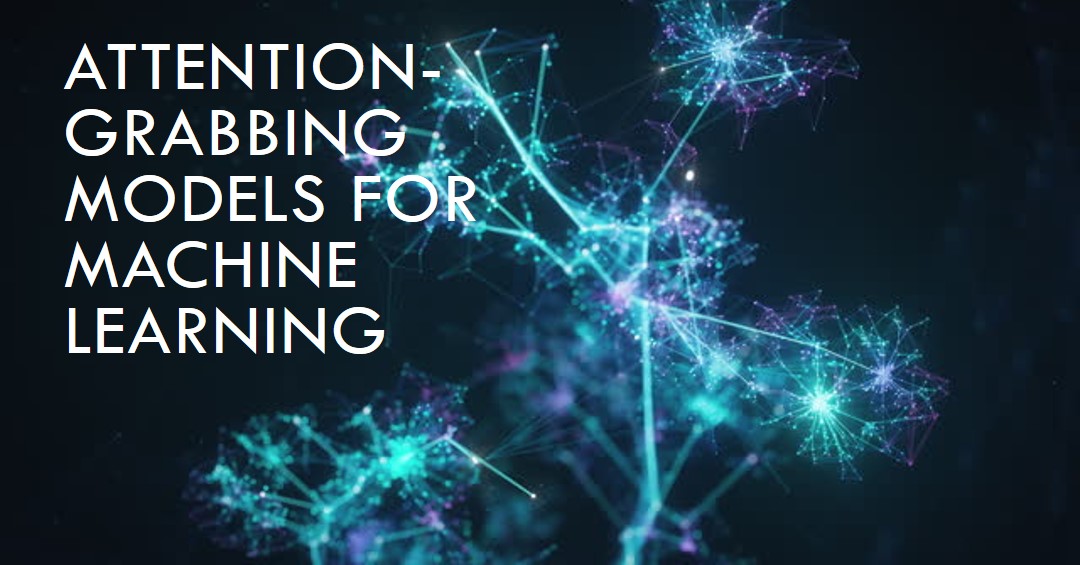In machine learning, attention models are a class of techniques that allow neural networks to selectively focus on different parts of the input data when processing it. These models have been particularly successful in natural language processing (NLP) and computer vision tasks.
The key idea behind attention models is to learn a weight distribution over the input data, which determines how much attention (or importance) should be given to each part of the input when computing the output. This allows the model to dynamically focus on the most relevant portions of the input, rather than treating all parts equally.
One of the most widely used attention models is the Transformer architecture, introduced in the paper “Attention Is All You Need” by Vaswani et al. (2017). The Transformer uses a self-attention mechanism, which calculates the relevance of each input element with respect to every other element in the sequence. This allows the model to capture long-range dependencies in the input data, which is particularly useful for tasks like machine translation and language understanding.
Here’s a high-level overview of how attention models work:
1. **Input Representation**: The input data (e.g., a sequence of words or an image) is first transformed into a set of vector representations, often using techniques like word embeddings or convolutional neural networks.
2. **Query, Key, and Value**: The attention mechanism generates three vectors for each input element: a query vector (representing the current element), a set of key vectors (representing the other elements), and a set of value vectors (representing the information associated with each element).
3. **Attention Scores**: The query vector is compared with each key vector using a similarity function (e.g., dot product or scaled dot product), resulting in a set of attention scores that indicate the relevance of each input element to the current element.
4. **Attention Distribution**: The attention scores are normalized using a softmax function to obtain an attention distribution, which represents the weights or importance assigned to each input element.
5. **Weighted Sum**: The value vectors are multiplied by their corresponding attention weights and summed to produce a weighted representation of the input. This weighted representation is then used for further processing or as the output of the model.
Attention models have been successful in various tasks, including machine translation, text summarization, image captioning, speech recognition, and more. They allow the model to focus on the most relevant parts of the input, improving performance and interpretability. Additionally, attention mechanisms can be combined with other neural network architectures, such as recurrent neural networks (RNNs) and convolutional neural networks (CNNs), to create powerful hybrid models.



